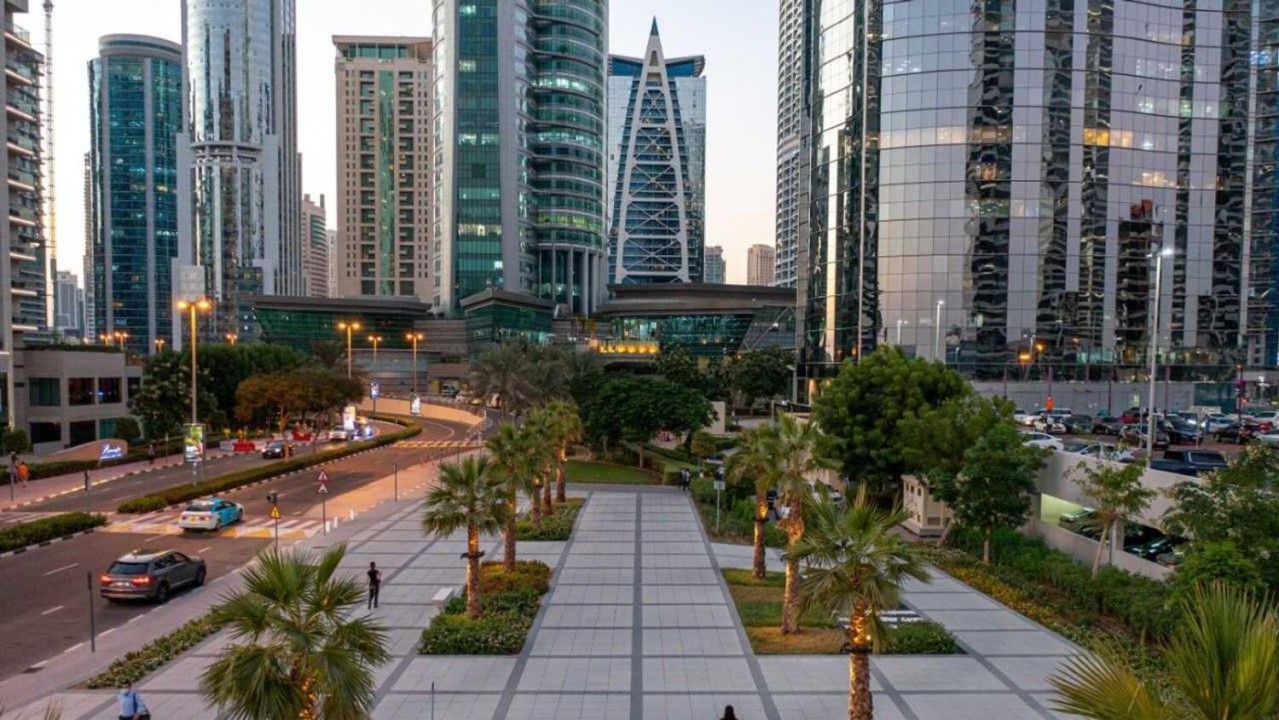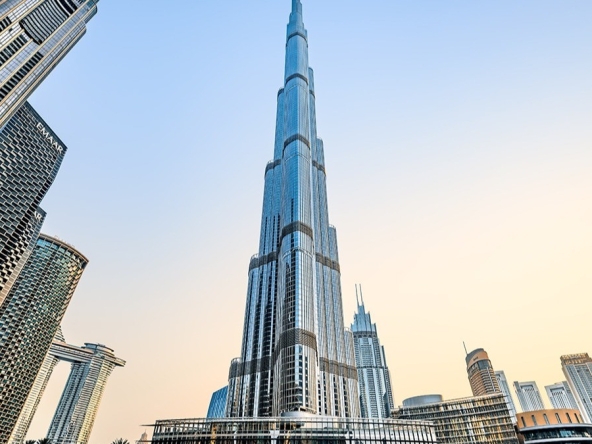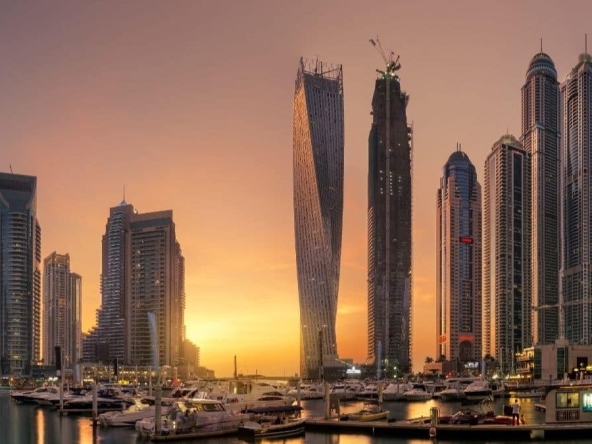The occupier market in Dubai and Abu Dhabi recorded strong levels of activity in the first quarter, propelled by demand due to an increase in new rental registrations. In Dubai, occupier activity remained robust over the first quarter. Data from the Dubai Land Department revealed that the total number of rental registrations reached 46,850 registering an increase of 35.8 per cent compared to the previous year. “This headline growth has been largely underpinned by a 51.1 percent increase in new rental registrations, which totaled 34,461. Renewed contracts registered a total of 12,389, marking a 6.1 percent growth from the previous year,” CBRE Middle East said in its UAE Office Market Review for the first quarter of 2024.
In comparison to other global markets, the current dynamics within Dubai’s occupier market continue to attract global corporates. Despite the lack of supply, free zone locations are still capturing a substantial share of market activity. To cater to this rising demand, developers are fast-tracking future developments across a range of free zone and non-free zone locations, a commercial real estate services firm said.“Demand in Dubai’s occupier market continues to stem from a broad range of sectors, with the financial services sector, namely hedge funds and assets management firms, being notable sectors of demand,” it said.
In Abu Dhabi, some 10,475 rental contracts were registered, marking a 9.1 percent year-on-year growth. This growth was largely driven by a 21.2 percent increase in new rental registrations, while the number of renewed contracts decreased by 5.1 percent.“The primary source of occupational demand in Abu Dhabi continues to originate from entities with direct and indirect government links, particularly in on-shore locations. That being said, the limited availability of quality stock remains one of the main challenges being faced. Given this, several entities have started considering build-to-suit options, particularly within core CBD locations, to accommodate their future expansion plans,” CBRE said. Taimur Khan, head of Research Mena in Dubai, said robust levels of demand continued to be seen in the UAE’s occupier market in the first quarter of the year, largely driven by the strong levels of economic growth that continue to attract occupiers to the country.“
Despite that occupier demand is expected to remain resolute over the upcoming period, the dearth of availability of quality assets will likely hinder potential market activity. In terms of performance, the limited number of developments in the pipeline in both Abu Dhabi and Dubai is expected to continue to underpin strong performance across all segments,” said Khan.“Looking ahead, we expect that high-quality assets, particularly Prime and Grade A stock, will continue to outperform the market due to the growing levels of demand resulting from the ongoing flight-to-quality trend and the limited availability of supply,” he said..In Dubai, the average occupancy rate within this market segment reached 91.3 percent in Q1 2024, up from 90.1 percent a year earlier. “This increase in occupancy levels, combined with the scarcity of quality stock, continues to support growth in rental rates. In the first quarter of 2024, the average Prime, Grade A, Grade B, and Grade C rents registered year-on-year increases of 7.6 percent, 17.9 percent, 21.6 percent, and 16.8 percent. Average Prime Grade A, Grade B, and Grade C rental rates reached Dh255, Dh192, Dh162, and Dh131 per square foot per year, respectively, as of Q1 2024.
Given the limited number of upcoming developments and the lack of availability of quality stock, we anticipate that performance within Dubai’s occupier market will remain strong. The average occupancy rate of institutional-grade buildings in Abu Dhabi reached 94 percent in the first quarter of 2024, up from the 92.5 percent level registered the previous year. “These increased occupancy levels continue to support growth in rental rates. In the year to Q1 2024, average Prime, Grade A, and Grade B rents registered average growth rates of 6.6 percent, 3.4 percent, and 9.7 percent, respectively,” CBRE said.





